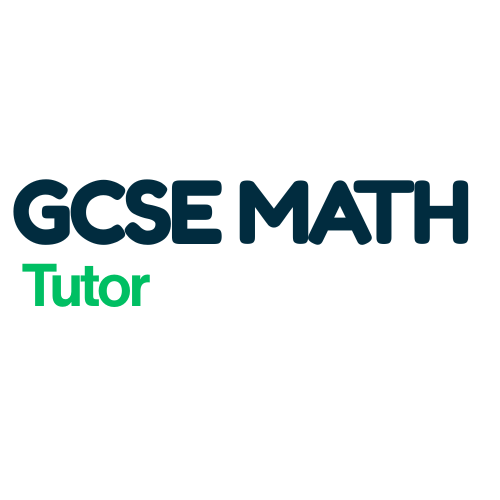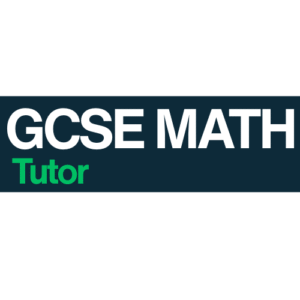Understanding standard form & indices is essential for success in GCSE Maths, particularly in topics involving powers, large or small numbers, and exponential calculations. This guide will explain the fundamental concepts, laws, and applications of indices and standard form with real examples.
Get expert GCSE Maths help today
🔹 What Are Indices and Why Do They Matter?
Indices (or powers) are shorthand ways of expressing repeated multiplication. For example:
They are used extensively in:
- Algebraic manipulation
- Scientific notation
- Growth and decay models
- Simplifying large or small numbers
🟢 Laws of Indices Explained
There are several key laws (or rules) that govern how indices behave:
✅ 1. Product Rule
Add the powers when bases are the same.
✅ 2. Quotient Rule
Subtract the powers when dividing like bases.
✅ 3. Power of a Power Rule
Multiply the powers.
✅ 4. Zero Index Rule
Any non-zero number raised to the power of 0 is 1.
✅ 5. Negative Index Rule
A negative index means reciprocal.
✅ 6. Fractional Indices
Represents roots and powers together.
🔹 What Is Standard Form (Scientific Notation)?
Standard form is a way of writing very large or small numbers in a more manageable format: Where:
- is an integer
✅ Examples:
- 3,000 =
- 0.007 =
Why It’s Important:
- Used in science, engineering, and finance
- Appears in GCSE calculator and non-calculator papers
- Helps handle extreme values efficiently
🟢 How to Convert Numbers Into and From Standard Form
✅ Converting Large Numbers:
- Move the decimal to make the number between 1 and 10
- Count how many places you moved it = power of 10
✅ Converting Small Numbers:
- Move decimal point right to get number between 1 and 10
- Count moves = negative power of 10
🔹 Using a Calculator for Standard Form & Indices
✅ Tips:
- Use the EXP or ×10^x key for standard form
- Enclose negative powers in brackets
- Double-check values before and after conversion
🧠 GCSE Exam Tip:
Many errors come from incorrect bracket use or misreading powers of 10. Practise with exam-style questions regularly.
📝 GCSE Exam-Style Practice Questions
- Simplify
- Write 0.00057 in standard form
- Evaluate
- Convert to a full number
- Simplify
🎯 Revision Tips for Indices and Standard Form
- Memorise index laws using flashcards
- Practise converting large and small numbers
- Use BBC Bitesize and GCSE Maths Tutor
- Solve past paper questions by topic
- Use calculator correctly in scientific mode
✅ Final Thoughts
Mastering indices and standard form prepares you for both real-world applications and exam success. These concepts simplify complex calculations and build a strong foundation for algebra, science, and higher-level maths.
To get individual support or interactive practice, visit GCSE Maths Tutor and begin strengthening your maths skills today.

